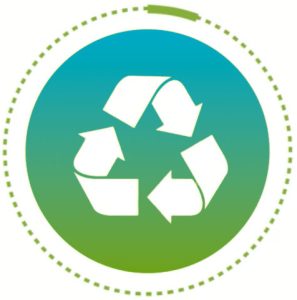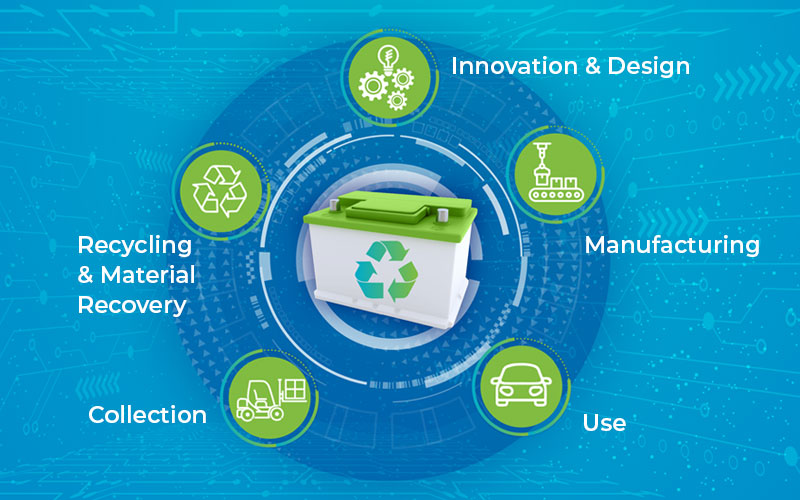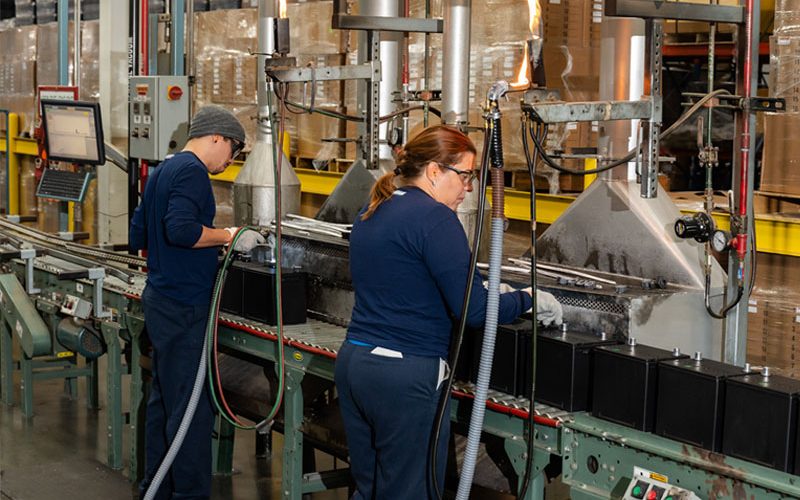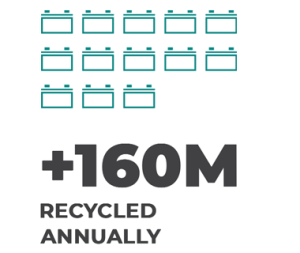
The Association of Battery Recyclers (ABR) advances sustainability through innovative and sustainable recycling processes. We’re committed to ensuring that lead batteries, one of the most recycled products on the planet, remain a cornerstone of the circular economy. By bringing together industry leaders and environmental experts, we continuously improve the processes that make lead battery recycling an environmental success story.

Lead batteries exemplify the principles of a circular economy, a system designed to minimize waste and maximize the reuse of materials. Nearly 100% of a lead battery can be recycled through sustainable recycling practices, with its materials repurposed to create new batteries. This closed-loop process not only conserves valuable resources but also reduces the need for raw material extraction, lowering the environmental footprint of battery production.
Additionally, this sustainable cycle supports the domestic supply chain by ensuring a steady flow of critical materials for manufacturing new batteries, strengthening local economies and promoting energy independence.


Millions of used batteries conclude their lifespan each year, but the lead battery recycling industry ensures that these spent batteries are processed into valuable new raw materials. Thanks to this efficient and sustainable recycling process, lead batteries have achieved an impressive 99% recycling rate in the U.S. This makes them the most sustainable battery chemistry on the planet, showcasing the power of the circular economy.

Lead batteries set the standard for recyclability, transforming the way we think about waste. With a 99% recycling rate, they play a key role in supporting sustainable recycling and manufacturing practices, reducing the need for new resources. By continuing to recycle and repurpose lead batteries, we not only reduce environmental impact but also create a reliable supply of materials essential for the growing demand in energy storage and clean technologies.